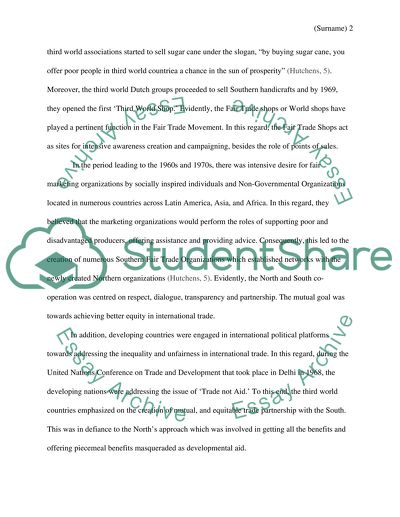Cite this document
(“The Fair Trade Movement Research Paper Example | Topics and Well Written Essays - 2000 words”, n.d.)
The Fair Trade Movement Research Paper Example | Topics and Well Written Essays - 2000 words. Retrieved from https://studentshare.org/english/1474501-the-fair-trade-movement
The Fair Trade Movement Research Paper Example | Topics and Well Written Essays - 2000 words. Retrieved from https://studentshare.org/english/1474501-the-fair-trade-movement
(The Fair Trade Movement Research Paper Example | Topics and Well Written Essays - 2000 Words)
The Fair Trade Movement Research Paper Example | Topics and Well Written Essays - 2000 Words. https://studentshare.org/english/1474501-the-fair-trade-movement.
The Fair Trade Movement Research Paper Example | Topics and Well Written Essays - 2000 Words. https://studentshare.org/english/1474501-the-fair-trade-movement.
“The Fair Trade Movement Research Paper Example | Topics and Well Written Essays - 2000 Words”, n.d. https://studentshare.org/english/1474501-the-fair-trade-movement.


